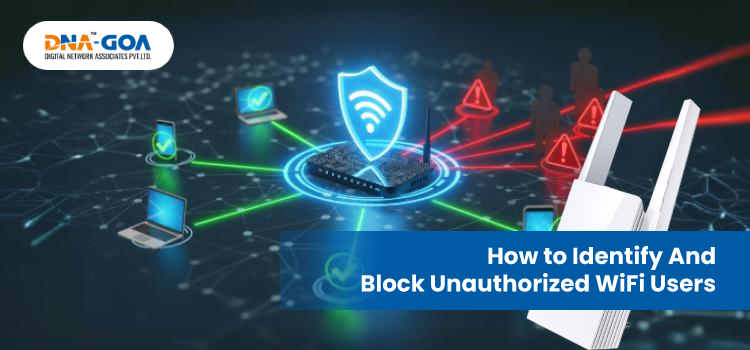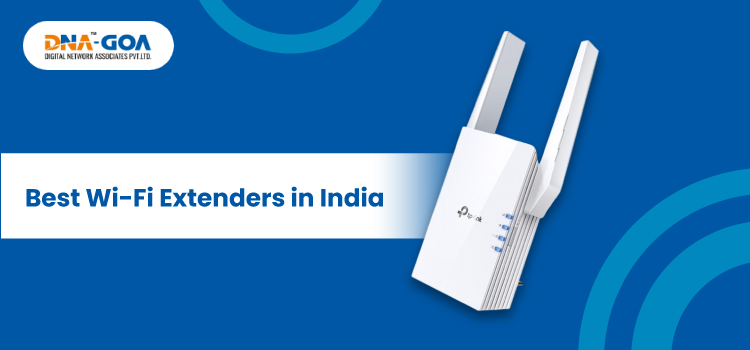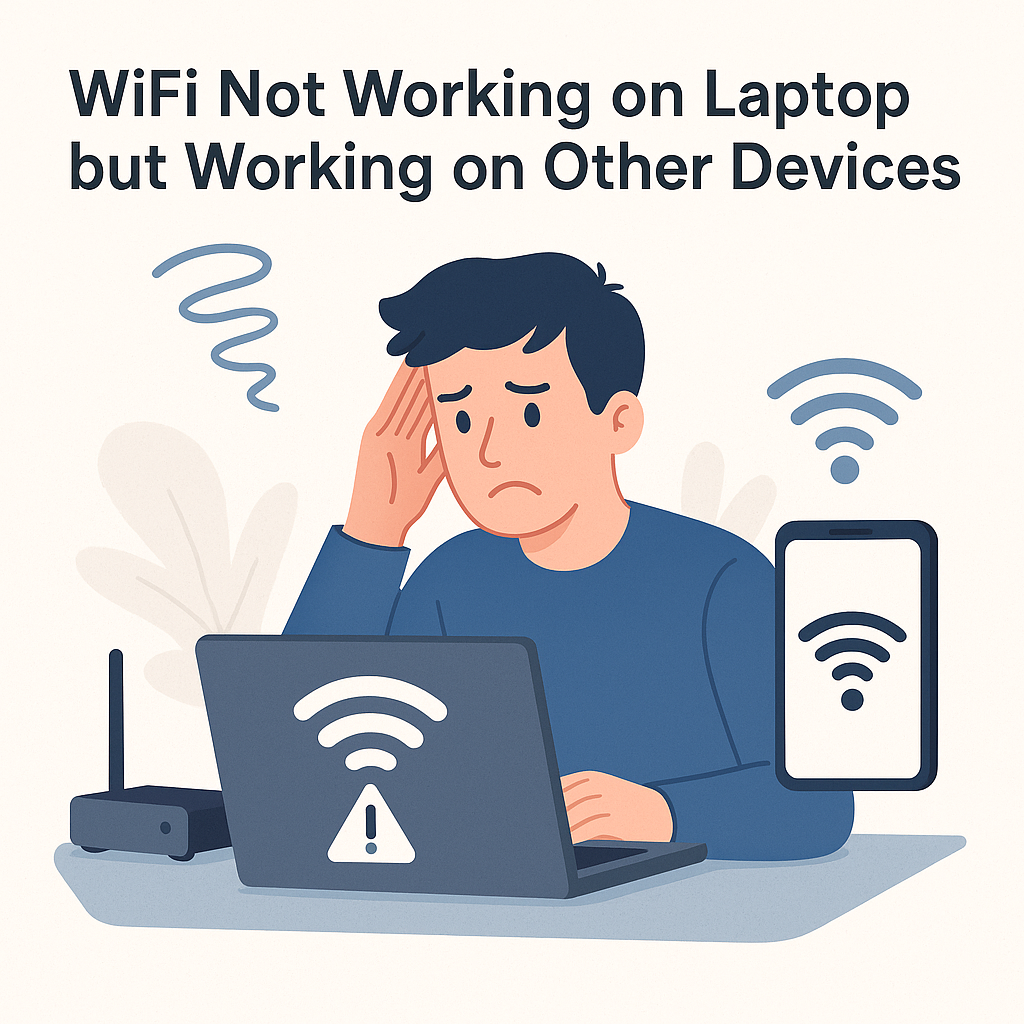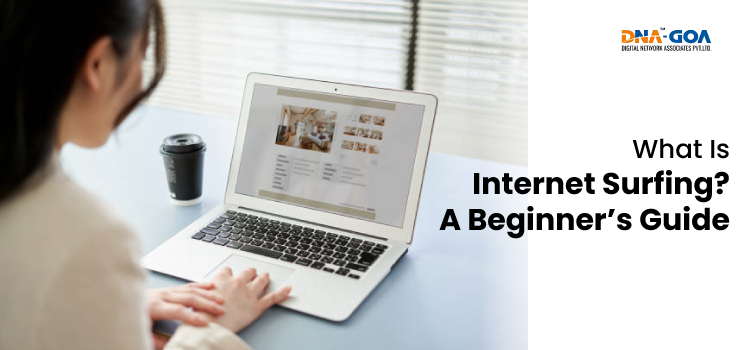Different Types Of Internet Connections And Trends
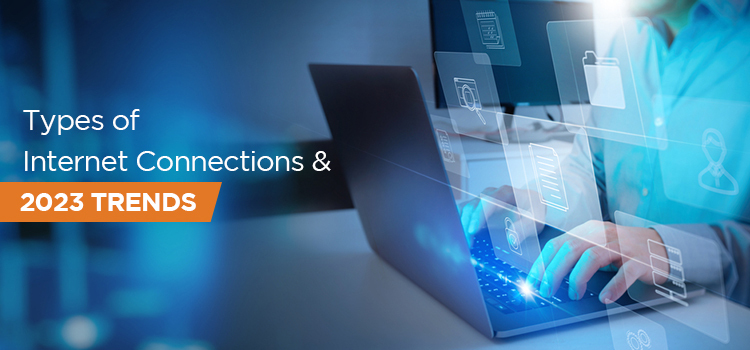
In today’s digital age, the Internet has become an integral part of our daily lives. We rely on it for various activities such as communication, entertainment, research, and much more. However, there’s a common concern among users about whether the Internet speed slows down as more people use it.
There are several types of internet connections available today. The most common ones include DSL, cable, fiber-optic, satellite, and mobile data. DSL and cable use phone or TV lines, while fiber-optic offers the fastest speed using light signals. Satellite is available in remote areas but can be slower. Mobile data uses cellular networks for internet on smartphones and tablets. Each type varies in speed, cost, and availability.
In this blog post, we will delve into this topic and explore the different types Of internet connections and the role of Internet service providers in Vasco.
What is Internet?
The Internet is a global network connecting millions of computers worldwide, enabling communication, data exchange, and access to a vast array of information. It allows individuals and businesses to send emails, browse websites, stream videos, and engage in social media. Over the years, various types of internet connections have evolved to offer better speed, reliability, and accessibility.
Different Types Of Internet Connections
With various connection types available, it’s crucial to understand their features and how they suit different needs.
1. Dial-up Internet
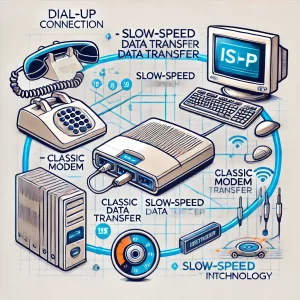
Dial-up internet was one of the first ways people connected to the internet. It uses a standard telephone line to connect a modem to the internet. When you want to access the internet, the modem dials your Internet Service Provider (ISP), and after the connection is established, the data is transmitted over the phone line. However, the speed is extremely limited, and you cannot use the phone for calls while connected to the internet.
Pros and Cons:
Pros:
- Affordable and widely available, especially in rural areas.
- Doesn’t require expensive infrastructure.
Cons:
- Extremely slow speeds (up to 56 Kbps).
- Ties up phone lines while in use.
- Outdated for most modern applications.
2. DSL (Digital Subscriber Line)
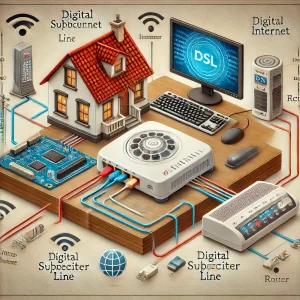
DSL uses telephone lines to deliver faster speeds than dial-up without disrupting phone service. It offers broadband connectivity, making it suitable for homes and small businesses.
DSL is faster than dial-up but often slower than cable and fiber internet. It offers more consistent connectivity for homes and small offices but may not be ideal for high-bandwidth activities like gaming or streaming. Here is a complete guide to fibre optic vs. satellite, which one is best for you.
Advantages and Limitations:
Advantages:
- Higher speeds than dial-up (up to 100 Mbps).
- Doesn’t interfere with phone usage.
Limitations:
- Speed decreases with distance from the ISP’s central office.
- Often slower than cable and fiber optic options.
3. Cable Internet
Cable internet uses the same coaxial cables that deliver cable television. It offers higher speeds than DSL, making it a popular choice for home and office users.
Cable is ideal for households with multiple devices, streaming, and remote work. It’s also a great option for small to medium-sized businesses.
Speed Capabilities:
Cable internet speeds range from 25 Mbps to over 1 Gbps, depending on the service provider and plan.
4. Fiber Optic Internet
Introduction to Fiber:
Fiber optic internet is the fastest and most reliable form of internet connectivity. It uses thin strands of glass (fiber) to transmit data as light signals, offering incredibly high speeds and stable connections.
Fiber is best for users who require ultra-fast internet, such as heavy streamers, gamers, and businesses with significant data needs. It’s considered the future of internet connectivity due to its unmatched speed and reliability.
Speed and Reliability Advantages:
- Speeds range from 100 Mbps to 10 Gbps.
- Highly reliable, unaffected by distance, weather, or electrical interference.
- Ideal for high-demand activities like 4K streaming, gaming, and large business operations.
5. Satellite Internet
Satellite internet provides internet access via communication satellites orbiting the Earth. Data is transmitted between your home or office and a satellite dish installed on your property, which connects to satellites in space. This method is often used in areas where wired connections like DSL, cable, or fiber are unavailable.
Satellite internet is the best option for remote or rural areas where other types of internet connections are limited or unavailable. It can reach areas that ground-based infrastructure can’t, providing a viable option for those in need of internet access in isolated locations.
Pros and Cons:
Pros:
- Available almost anywhere.
- No need for ground-based infrastructure.
Cons:
- High latency due to signal travel time.
- Speeds are typically slower than cable or fiber.
- Can be affected by weather conditions.
6. Wireless (Wi-Fi, Mobile Data, 4G/5G)
Wi-Fi allows devices to connect wirelessly to the internet using a router that is connected to a wired internet service (such as fiber or cable). On the other hand, mobile data uses a cellular network to access the internet via 4G or 5G technology, allowing you to stay connected while on the move.
4G vs 5G Capabilities:
- 4G offers speeds up to 100 Mbps and is widely available.
- 5G can deliver speeds up to 10 Gbps with lower latency, ideal for mobile devices, IoT, and smart cities.
Best Applications:
- Wi-Fi: Best for home and office environments, offering stable, fast internet for multiple users.
- 4G/5G: Perfect for mobile users on the go, especially in areas without Wi-Fi access.
7. Comparison of Internet Connection Types
| Connection Type | Average Speed | Best For | Cost |
| Dial-up | Up to 56 Kbps | Minimal usage | Low |
| DSL | Up to 100 Mbps | Home use | Moderate |
| Cable | Up to 1 Gbps | Streaming, business | Moderate |
| Fiber Optic | Up to 10 Gbps | High-demand tasks | High |
| Satellite | 12-100 Mbps | Remote areas | Moderate to high |
| 4G/5G Wireless | Up to 10 Gbps | Mobile users | Varies |
8. Broadband Over Power Lines (BPL)
BPL delivers internet via existing electrical power lines, making it a unique alternative in some regions.
Pros:
- Uses existing infrastructure
- Potentially widespread availability
Cons:
- Limited adoption
- Interference issues
Choosing the right internet connection depends on your needs and location. Fiber optic is the fastest and most reliable, but cable and DSL are excellent options for most home and office environments. Satellite and 4G/5G are practical for remote or mobile users. By considering speed, availability, and cost, you can find the best internet connection for your lifestyle.
FAQs for Types Of Internet Connections
1. What is the fastest type of internet connection?
Fiber optic internet offers the fastest speeds, up to 10 Gbps.
2. Which internet connection type is best?
The best internet connection depends on individual needs. Fiber-optic internet is the fastest and most reliable, making it ideal for heavy internet users, gaming, and businesses. Cable and DSL offer good speeds for households, while satellite and mobile data are better suited for remote areas.
3. Can I switch between different types of connections?
Yes, switching is possible, but availability depends on your location.
4. What is a type 2 internet connection?
A Type 2 internet connection typically refers to an alternative or secondary connection used for redundancy or backup purposes. It can also mean a private or dedicated network connection offering higher security and better performance for business applications.
5. What type of internet is best for streaming or gaming?
Fiber optic or high-speed cable internet is best for streaming and gaming due to low latency and fast speeds.
6. Does the Internet speed slow down as more people use it?
Yes, internet speed can slow down as more people use it. This is because the internet is a shared resource, and when more people are using it, there is more demand for bandwidth. Bandwidth is the amount of data that can be transferred over a network in a given amount of time. When there is more demand for bandwidth, the network can become congested, which can lead to slower speeds.
 0832-6747575
0832-6747575
